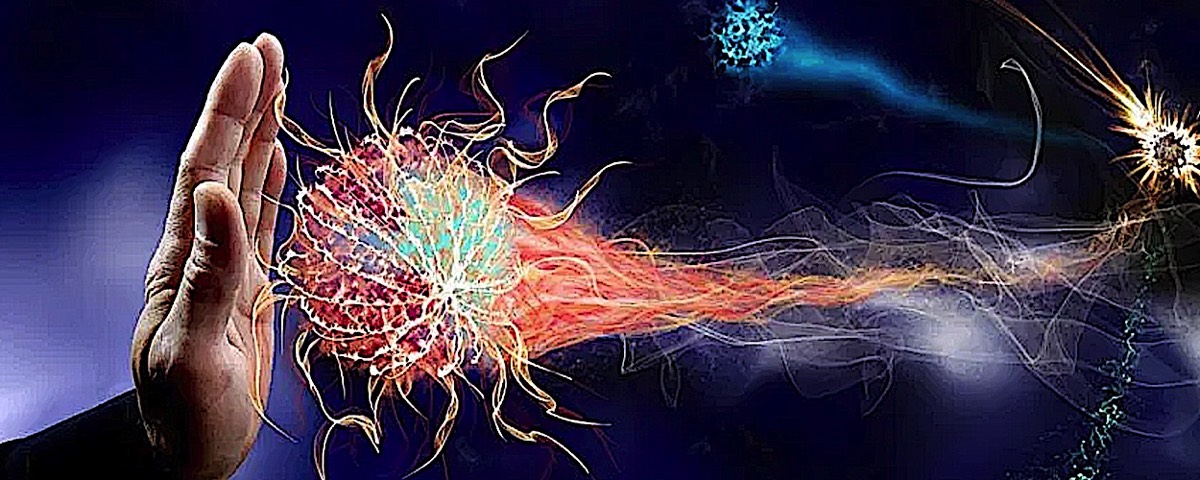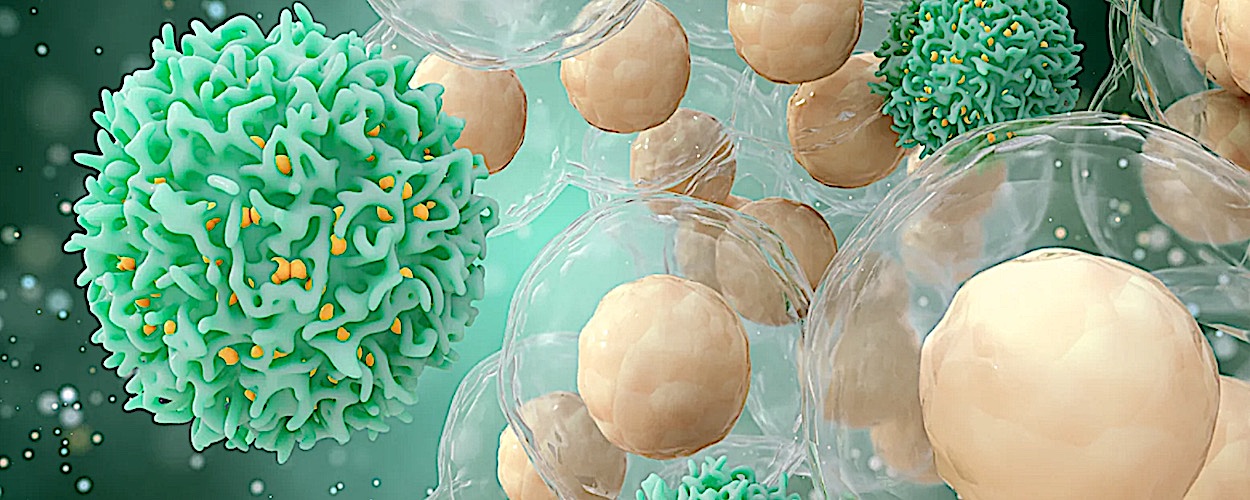

Immune system function is to neutralize or remove pathogens like bacteria, viruses, parasites, and fungi that enter the body. The primary function of the immune system is to develop a shield of biological structures and processes within an organism that protects the various diseases.
Health Science

Information: our Immune System
The Immune System is the human defense system. It is a complex network throughout the body and consists, among other things, of special cells (such as lymphocytes, granulocytes, macrophages), antibodies, lymph nodes and organs such as the spleen and thymus. A functioning immune system depends on many factors. Micronutrients play an important role as essential co-factors.
Health Science

The Immune System is made up of special organs, cells and chemicals that fight infection. The main parts of the immune system are: white blood cells, antibodies, the complement system, the lymphatic system, the spleen, the thymus, and the bone marrow. These are the parts of your immune system that actively fight infection like the > Corona Virus
The Immune System and Microbial Infection

The Immune System keeps a record of every microbe it has ever defeated, in types of white blood cells (B- and T-lymphocytes) known as memory cells. This means it can recognize and destroy the microbe quickly if it enters the body again, before it can multiply and make you feel sick.
Some infections, like the flu and the common cold, have to be fought many times because so many different viruses or strains of the same type of virus can cause these illnesses. Catching a cold or flu from one virus does not give you immunity against the others.
Some infections, like the flu and the common cold, have to be fought many times because so many different viruses or strains of the same type of virus can cause these illnesses. Catching a cold or flu from one virus does not give you immunity against the others.
Parts of the Immune System

White blood cells

White Blood Cells are the key players in your immune system. They are made in your bone marrow and are part of the Lymphatic System. White blood cells move through blood and tissue throughout your body, looking for foreign invaders (microbes) such as bacteria, viruses, parasites and fungi. When they find them, they launch an immune attack. White blood cells include lymphocytes (such as B-cells, T-cells and natural killer cells), and many other types of immune cells.
Antibodies

Antibodies help the body to fight microbes or the toxins (poisons) they produce. They do this by recognizing substances called antigens on the surface of the microbe, or in the chemicals they produce, which mark the microbe or toxin as being foreign. The antibodies then mark these antigens for destruction. There are many cells, proteins and chemicals involved in this attack.
The Complement System

The Complement System is made up of proteins whose actions complement the work done by antibodies.
The Lymphatic System

- manage the fluid levels in the body
- react to bacteria
- deal with cancer cells
- deal with cell products that otherwise would result in disease or disorders
- absorb some of the fats in our diet from the intestine.
- lymph nodes (also called lymph glands) -- which trap microbes
- lymph vessels -- tubes that carry lymph, the colourless fluid that bathes your body's tissues and contains infection-fighting white blood cells
- white blood cells (lymphocytes).
The Spleen

The Spleen is a blood-filtering organ that removes microbes and destroys old or damaged red blood cells. It also makes disease-fighting components of the immune system (including antibodies and lymphocytes).
Bone Marrow

Bone Marrow is the soft, spongy tissue that is in the medullary cavities (centers) of bones. Healthy bone marrow is an essential part of the body, as it contains stem cells that produce blood cells and the cells that make up the Immune System.
How to Boost the Immune System

The Immune System is designed to fight off infection and disease. It has a number of ways to detect and destroy anything it recognizes as foreign to your body, including bacteria, viruses, fungi, parasites or unhealthy cells such as cancer cells.
Viruses need the cell machinery in order to produce their own proteins. They are intracellular parasites that can only replicate inside cells. The most effective mechanisms of the innate response against viral infections are mediated by interferon and by the activation of natural killer (NK) cells.
The strength of the Immune System varies from person to person and, what’s more, from day to day because its ability to fight off infection fluctuates depending on many factors.
Here are a couple of things you can do too
Reduce Stress

Stress negatively impacts the production of lymphocytes — the white blood cells that are the body’s first line of defense against infection — putting you at risk of viral disease.
Get enough Sleep

Studies show that people who don’t get quality sleep or enough sleep are more likely to get sick after being exposed to a virus.
Don’t smoke: tobacco has several negative effects

Smoking harms the immune system and can make the body less successful at fighting disease. The immune system is the body's way of protecting itself from infection and disease; it works to fight everything from cold and flu viruses to serious conditions such as cancer.
How do Transfer Factors support the Immune System?

Transfer Factors are some of the most unique molecules in your body. They carry important messages to immune system cells.
Eat a balanced Diet including Fruits and Vegetables

Nutrient deficiencies weaken the immune response.
Take Supplements

Micronutrient deficiencies — such as those of zinc, selenium, iron, copper, folic acid, and vitamins A, B6, C, and E — weaken the immune response.
💥Antioxidants

Antioxidants are substances that retard deterioration by oxidation and slow down the damage that can be caused to other substances by the effects of oxygen.
Foods which contain antioxidants are thought to be very good for you.
Exercise but don’t go overboard

Exercise promotes cardiovascular health, lowers blood pressure, helps control body weight, and offers protection against diseases and allowing immune system cells to move through the body more freely and do their job more effectively.
Fall in Love

Researchers have shown that love offers a lot of specific, tangible health benefits, such as lower blood pressure, reduced anxiety, improved immunity, less pain, and longer life.
Laughing is very healthy and it is free!

It’s fun to share a good laugh,& Smile but did you know it can actually improve your health? Learn how to harness the powerful benefits of laughter and humor.
💥 Take Care of Yourself

Self-Care means taking the time to do things that help you live well and improve both your physical health and mental health
HealthyLifeHow.com
Contact Us & follow us for Vitality & Healthy Life Information


The goal is to ensures short and long term vitality & health and to get a physical body that is strong, flexible and fit through each stage of our lifes.
HealthyLifeHow.com




